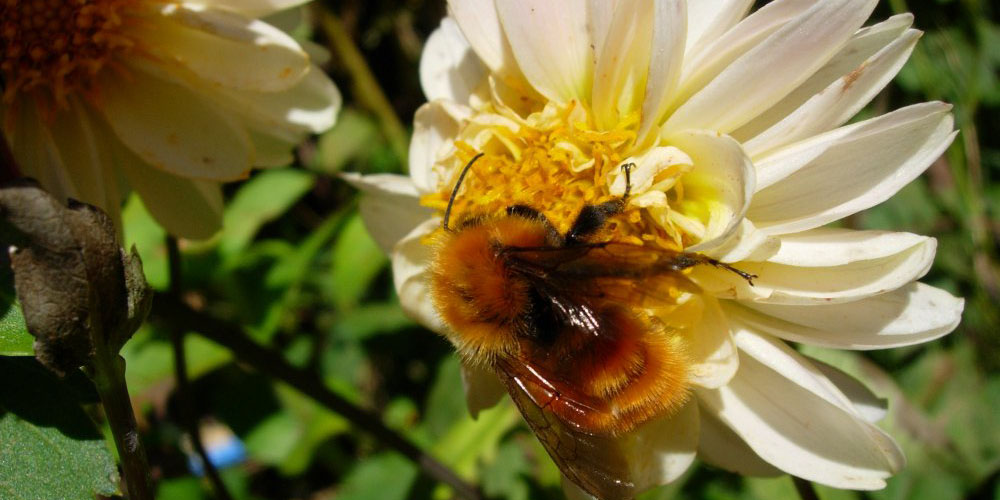The introduction of European bumblebees in Chile brought the only native species, Bombus dahlbomii, close to extinction. Two species were introduced in Chile, B. ruderatus and B. terrestris. It seems that the latter not only pushed back the native bees, but also transmitted diseases which had this devastating effect to the world’s biggest bumblebee. An Chilean initiative wants to stop this development by a citizen science project. By this, they can identify the different bumblebee species and describe the distribution of B. dahlbomii and assess the endangerment of the species. The orange markings are the Chilean species, yellow the most invasive B. terrestris and blue B. ruderatus. Only in the South of the country the native bee seems to be most prevalent. According to José Montalva, the director of the initiative, B. terrestris has introduced five parasite species. These pests are eradicating the biggest bee in Chile even in areas, where it was very frequent, like Concepción.
The site of the initiative offers also a blog which gives more information why to care about the extinction of this species. If B. dahlbomii disappears, this would have considerable consequences also for the native Chilean flora, which has many unique species. Due to its geographical structure, Chile can be considered an island: the desert in the North, the Antarctic in the South, the Andes in the East and the Pacific in the West isolate the country. This means that flora and fauna have a high percentage of endemic, unique species though their total number is relatively low. Chile’s native bumblebee is an important pollinator of native flora, while the introduced bumblebees often act as nectar robbers.
For helping Chilean bumblebees you can donate here.



